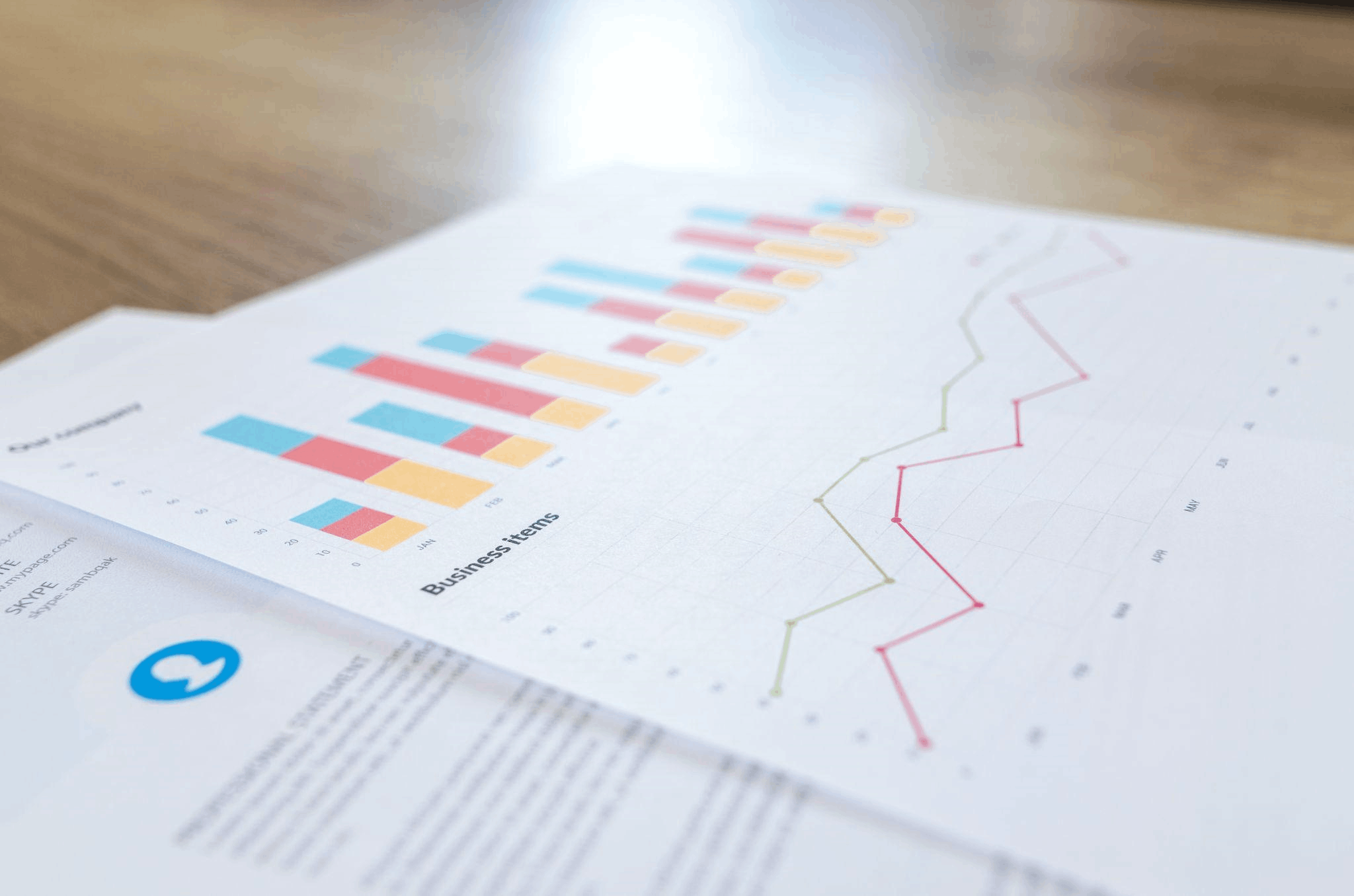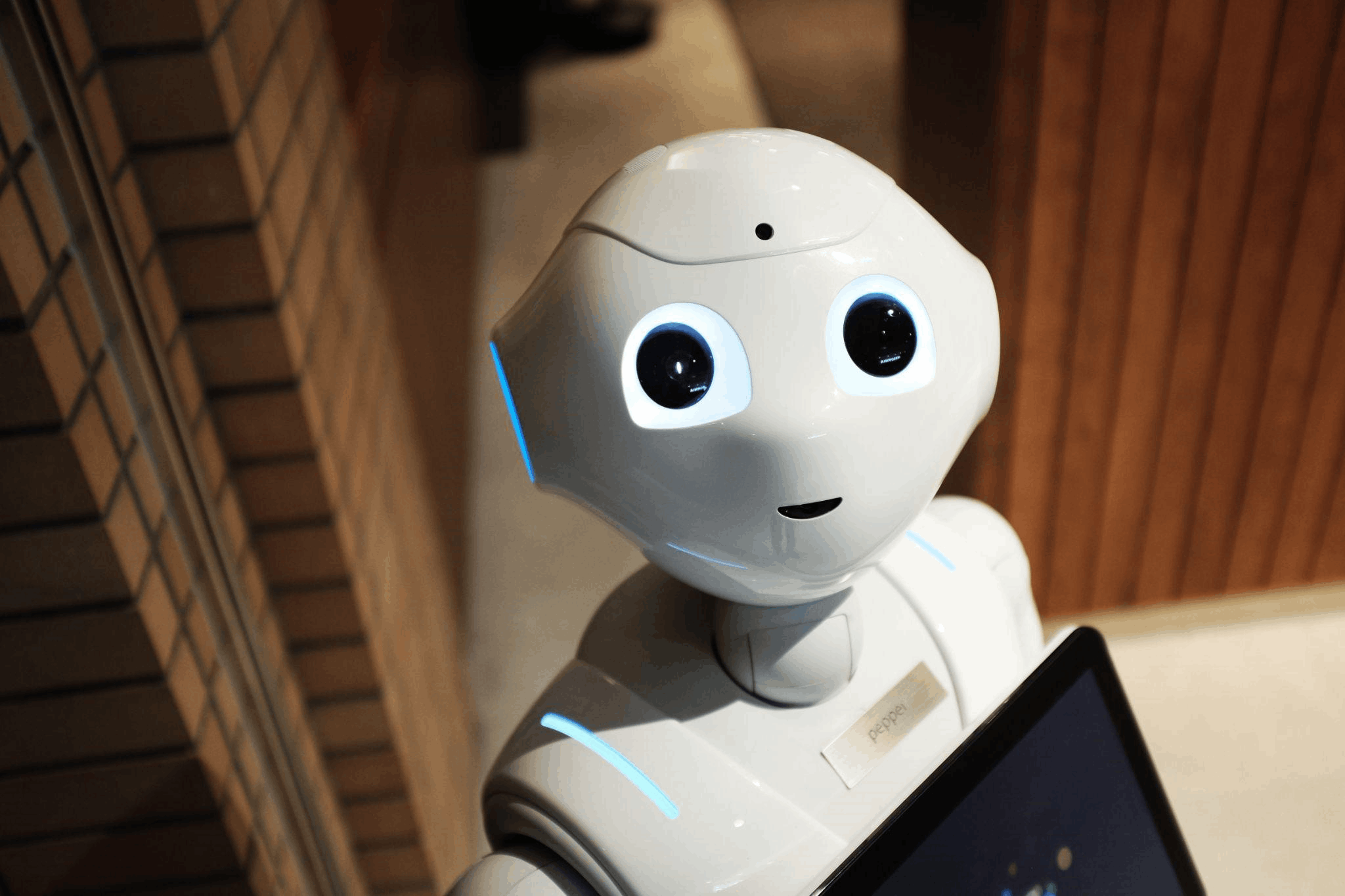Classical Statistics vs Machine Learning
Both Classical statistics and machine learning are branches of mathematics and computer science that deal with data analysis, but they have some key differences.
Classical statistics provides the theoretical foundation for understanding and interpreting data, while machine learning provides the tools for automatically learning from data and making predictions and decisions. Together, these fields play a vital role in the field of data analysis, and they are essential for understanding and making sense of the vast amounts of data being generated today.

Classical Statistics
Classical statistics, also known as frequentist statistics, is a framework for analyzing data that has been used for centuries. It relies on probability theory and mathematical models to make inferences about a population based on a sample of data. For example, a classical statistician might use a t-test to determine whether the average salary of a group of employees is different from a certain threshold or use a chi-squared test to determine whether the distribution of a certain trait in a population is different from what would be expected by chance.

Machine Learning
Machine learning, on the other hand, is a more recent field that emerged from computer science in the 1950s. It is concerned with developing algorithms and models that can learn from data rather than relying on predetermined models. For example, a machine learning algorithm might be trained on a dataset of images to recognize objects in new images or on a dataset of customer transactions to predict which customers are likely to make a purchase.
Differences between Classical statistics and Machine Learning
“The main distinction between statistics and machine learning is what they are used for. The most precise forecasts can be made using machine learning models. The purpose of statistical models is to draw conclusions about the connections between variables.”
One of the key differences between classical statistics and machine learning is the focus on predictions.
- Classical statistics is mainly focused on making inferences about population parameters, such as means and variances, based on sample data. Machine learning, on the other hand, is focused on making predictions about new data points. In other words, classical statistics is mainly descriptive, while machine learning is mainly predictive.
- Another difference is the use of assumptions. Classical statistics relies on a set of assumptions, such as the Normality of data and independent observations, which often must be met for the inferences made from the data to be valid. Machine learning, on the other hand, is less reliant on assumptions and can often find patterns in data even when the assumptions are not met.
- Furthermore, classical statistics are usually based on parametric models, while Machine learning is more flexible and can work with non-parametric models, whereas parametric models have a limited number of fixed parameters and have to be selected by a human. Non-parametric models, however, can automatically discover new features and adapt to the data.
- Another significant difference between classical statistics and machine learning is the way they handle missing data and outliers. Classical statistics techniques are often highly sensitive to missing data and outliers, which can lead to biased or incorrect conclusions. Machine learning algorithms, however, can handle missing data and outliers better, often by using techniques such as imputation and regularization.
- Finally, with the development of big data and the increase in computing power, machine learning has become more popular than classical statistics in the industry, as it is more suited to handle large and complex datasets. Machine learning models can also be easily updated with new data, making it possible to continuously improve their performance over time.
Conclusion
In conclusion, classical statistics and machine learning are both important tools for data analysis, but they have some significant differences. Classical statistics is mainly focused on making inferences about population parameters, while machine learning is focused on making predictions about new data points. Classical statistics relies on a set of assumptions, while machine learning is less reliant on assumptions and can handle missing data and outliers better. With the development of big data and the increase in computing power, machine learning has become more popular than classical statistics in the industry.